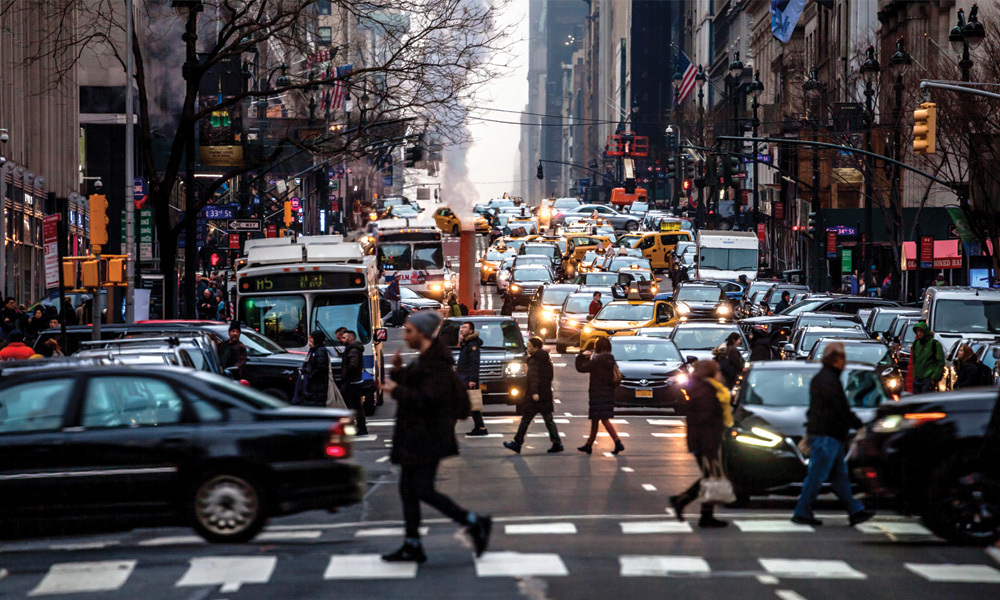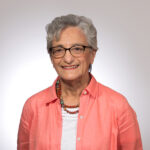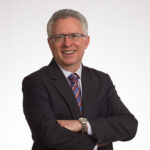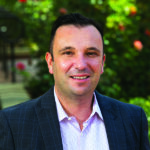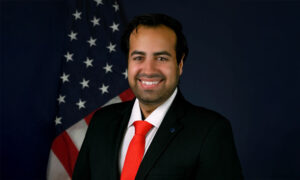New York Gov. Kathy Hochul’s last-minute move last week to halt a long-awaited congestion pricing program in Manhattan shocked political observers. But the decision reflects the ongoing political challenge of trying to cut the number of motorists clogging U.S. roads, according to experts from the USC Sol Price School of Public Policy.
Congestion pricing – in which drivers are charged a fee for entering certain roads or lanes – is a more effective strategy for reducing traffic congestion than other transportation policies, such as providing more or cheaper public transit, incentivizing ridesharing or building more road capacity, said Genevieve Giuliano, distinguished professor at the USC Price School.
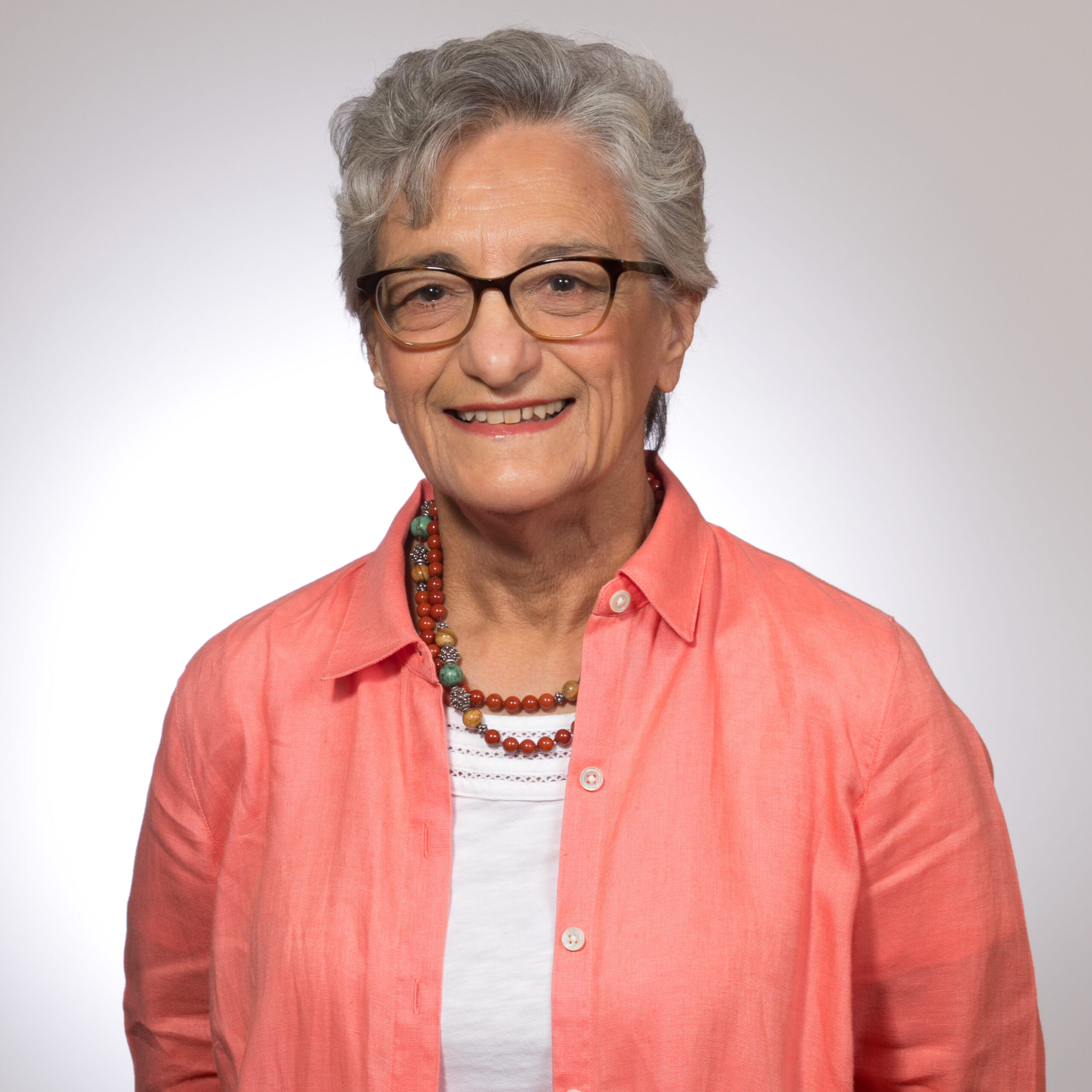
However, the pricing policies can be politically unpopular as tolls can make drivers use modes of travel or time schedules they don’t prefer, said Giuliano. In addition, drivers already pay gas and other transportation taxes, which they perceive as paying for the road system.
“Some see a toll as a form of double taxation,” Giuliano said. “Drivers may see the toll as a windfall of revenue to the government for which they see no justification.”
Congestion pricing can also facilitate policies that aim to reduce greenhouse gas emissions that drive climate change, said Antonio Bento, professor of public policy and economics at the USC Price School.
In California, for example, the key strategy has been to improve the efficiency of vehicles. “But what we are seeing is that – despite such fuel economy improvement – individuals are driving more and emissions from transportation continue to increase,” Bento said. “Therefore, coupling congestion pricing with mandates for cleaner cars will strengthen the effectiveness of these mandates.”
Equity concerns are not so simple
In announcing her decision to shelve the Manhattan program, Hochul cited financial concerns with the tolls that could’ve cost drivers as much as $15 to enter Manhattan’s business district.
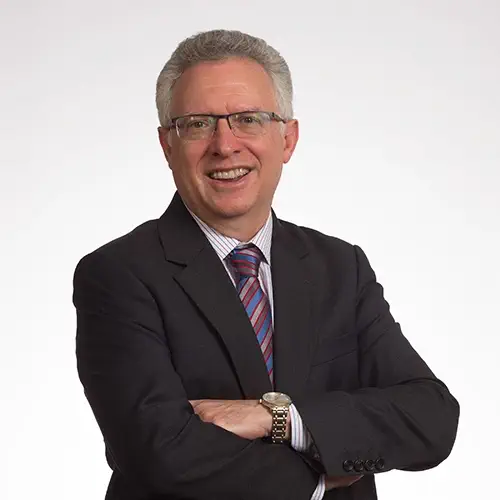
“Let’s be real: A $15 charge may not seem like a lot to someone who has the means, but it can break the budget of a hard-working middle-class household,” Hochul said, according to press reports.
Critics of tolled lanes in California raised similar concerns when one of the first congestion-priced lane in the U.S. opened on state Route 91 from northern Orange County to Riverside County in the mid-1990s, said Marlon Boarnet, a professor at the USC Price School and director of the METRANS Transportation Consortium.
Before the Route 91 lanes opened, they were derisively called “Lexus lanes” because it was assumed they would serve upper-income drivers. However, studies demonstrated that the use of the lanes spanned all income groups relatively consistently from low income to high income. This fact has been demonstrated in other circumstances, too, added Boarnet.
“The equity aspects of pricing are not nearly as one dimensional as people think,” Boarnet said. “The idea that tolls necessarily harm low-income drivers and benefit high-income drivers is not consistent with the evidence. Generally, the option to avoid sitting in traffic is valuable across the income spectrum.”
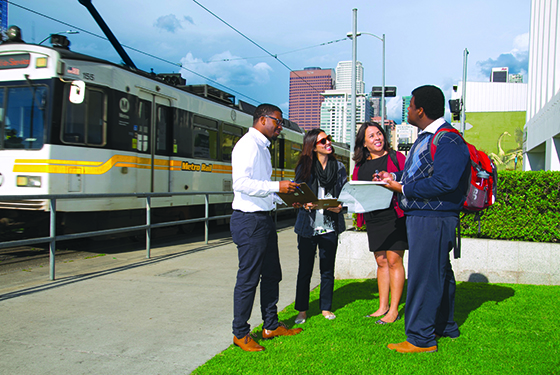
Master of Urban Planning
Make Cities More Just, Livable & Sustainable
USC’s MUP degree trains students to improve the quality of life for urban residents and their communities worldwide.
Find Out MoreWhile the Manhattan policy was stopped over concerns that it would hurt the economy and specific groups of the population, Bento’s research has shown that congestion pricing – and environmental taxes more broadly – generate revenues. Policymakers could allocate such revenues to address economic and political concerns, such as by compensating lower-income residents with longer commutes.
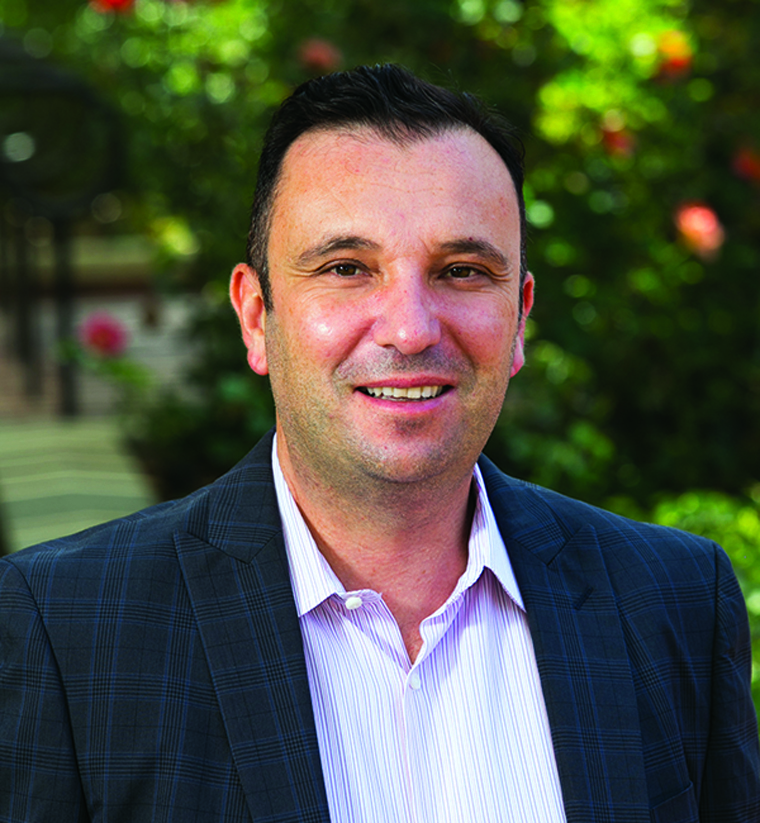
“My recent work in Los Angeles suggests that a toll of 33 cents per mile at the peak periods will translate in massive benefits,” Bento said, referring to his study on strategies to reduce traffic in L.A. “The revenues of such tolls can be used to compensate low-income households, and the entire population can benefit.”
The user pay question
California is considering mileage-based pricing – a tax that charges consumers based on the number of miles they drive – as an alternative to the gas tax. That tax will also be a tough sell as it is complicated and expensive to collect, Giuliano said.
All of these programs and their political obstacles bring up a larger question: to what extent should transportation be operated as a user fee system? At the federal level, an increasingly larger share of the transportation system is supported by general tax revenues, Giuliano noted. Meanwhile, many localities have decided that it’s easier to increase the sales tax to support transportation infrastructure.
But these policies introduce all sorts of distortions, making transportation problems worse, Giuliano said.
“We have a system developed over a century that vastly underprices use of the private vehicle,” Giuliano said. “Since most voters are private vehicle users, it is really hard to make changes that move us closer to a user pay system.”
The decision to shelve the Manhattan congestion pricing plan is an unfortunate decision, Bento said.
“The only credible way to handle traffic congestion is to price drivers for the external costs they generate to others when making their driving decisions,” Bento said.
